A typical Afranio thing!
Palazzo Collicola, Musei Civici di Spoleto

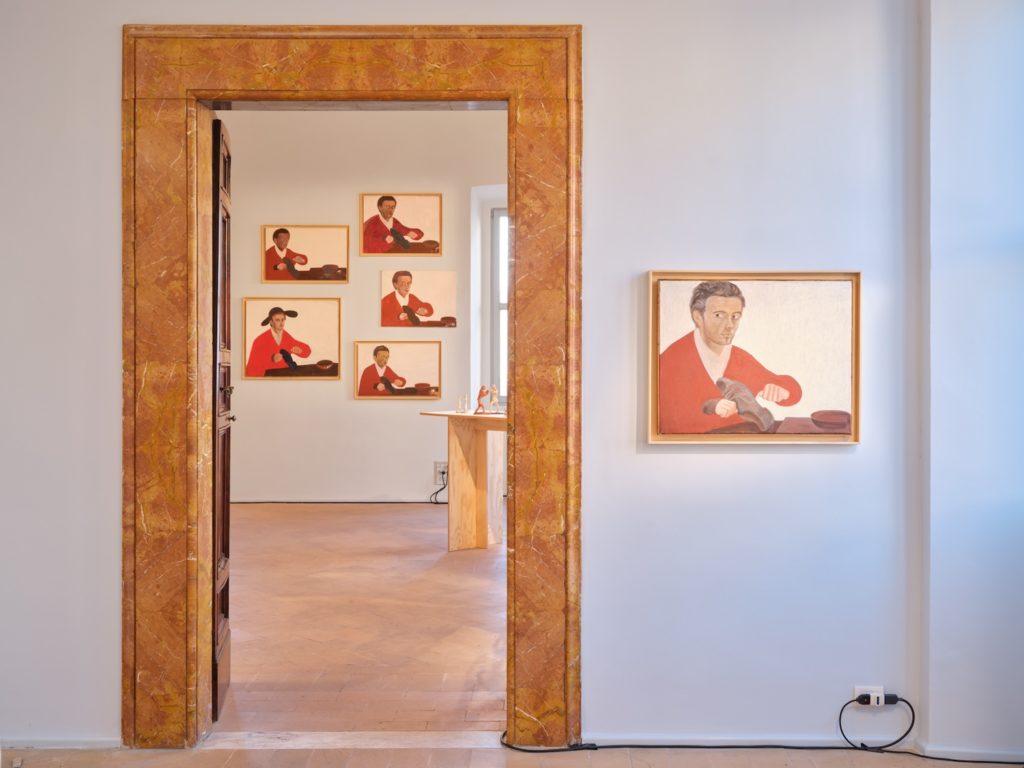
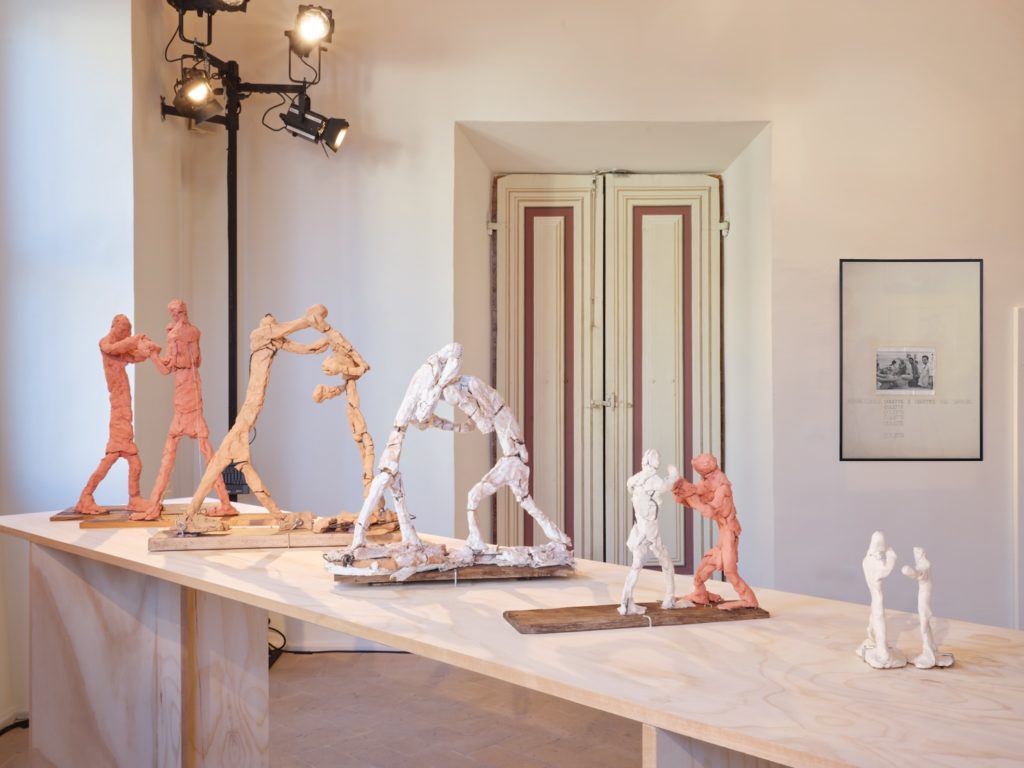
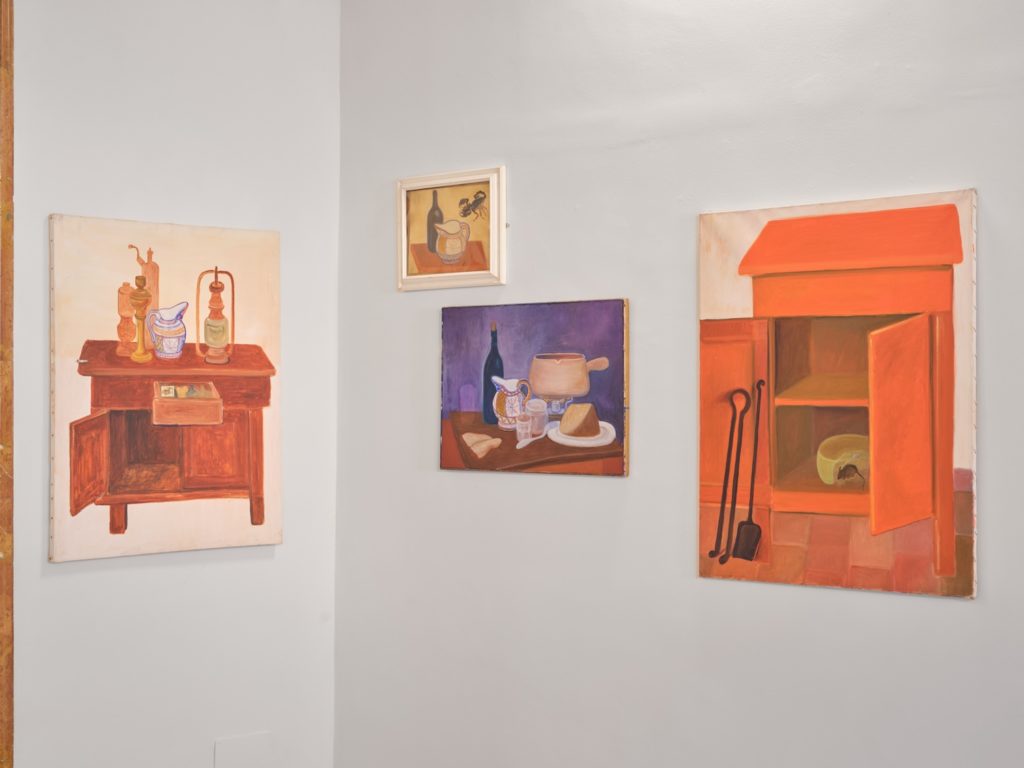
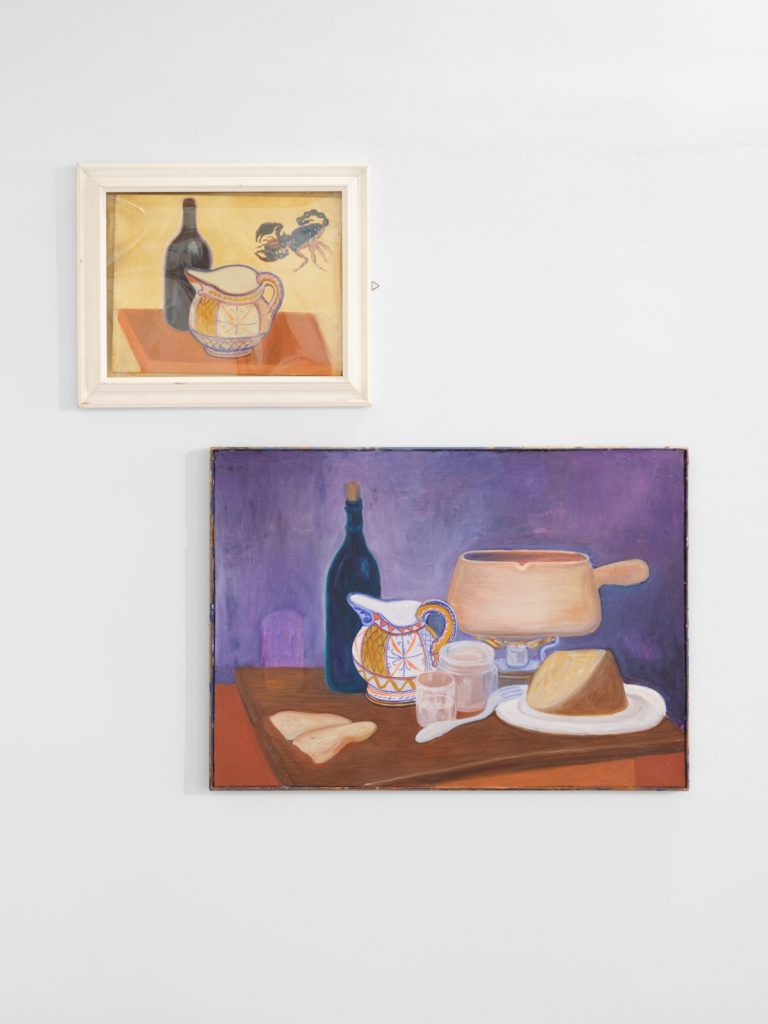
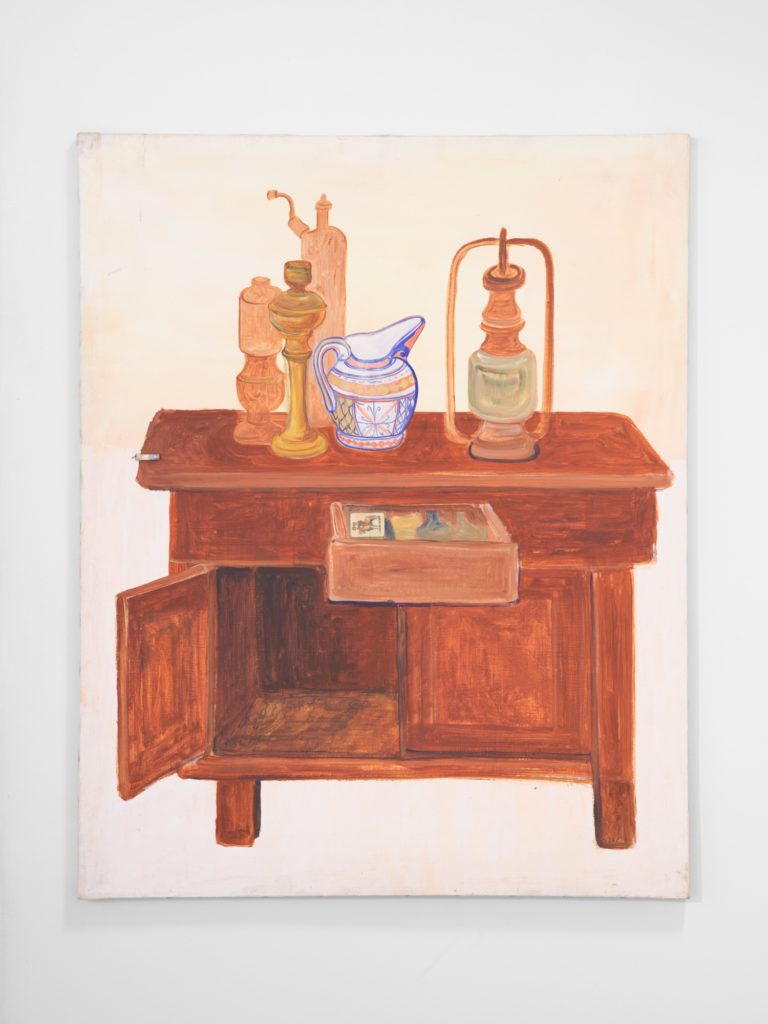
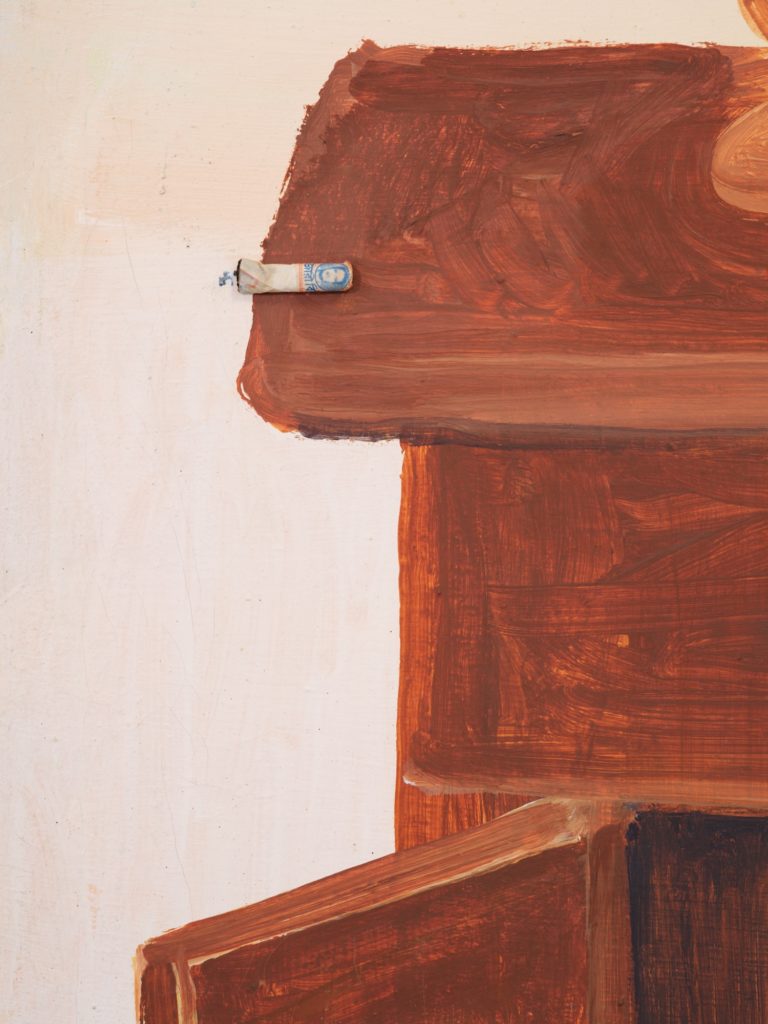
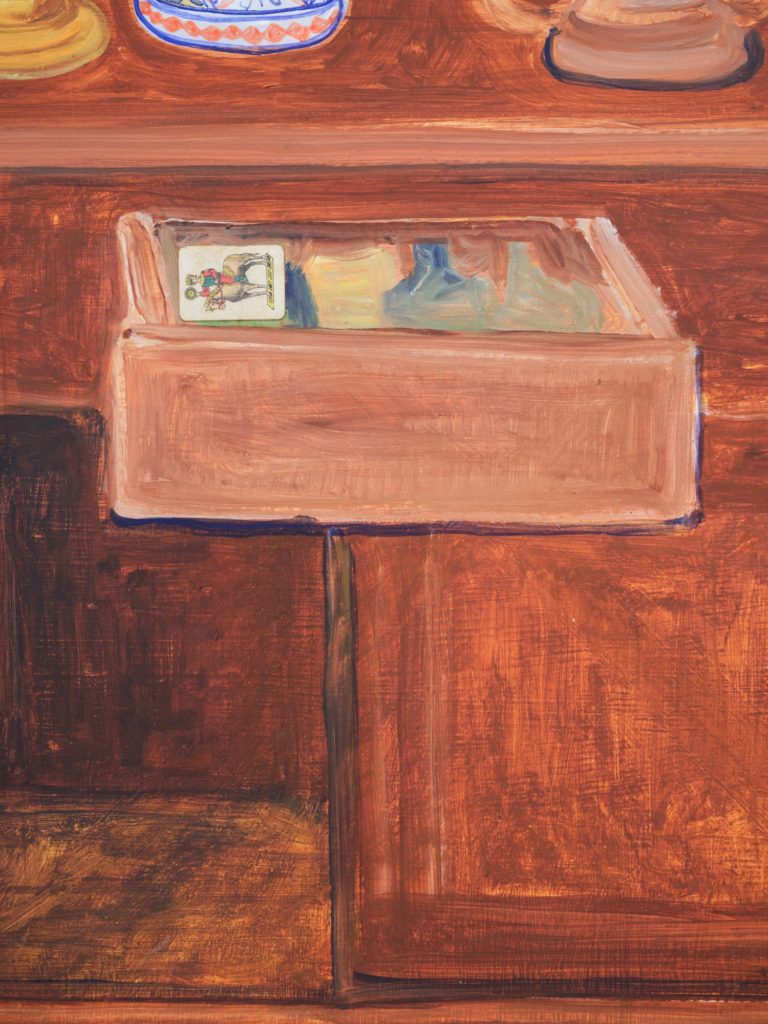
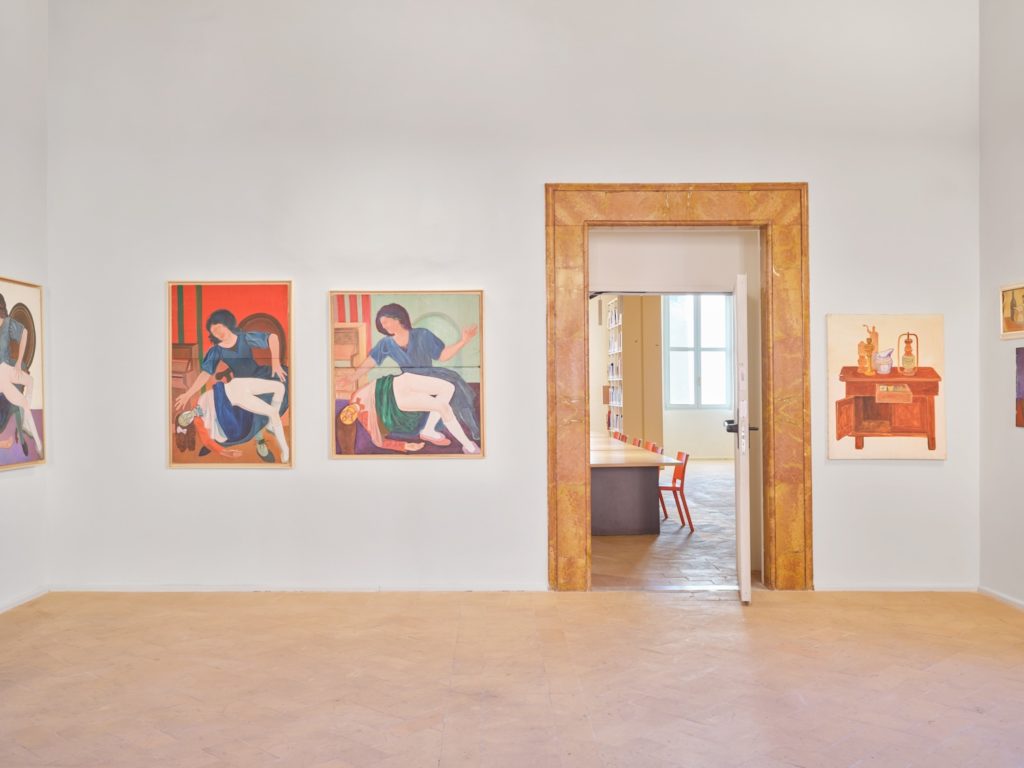
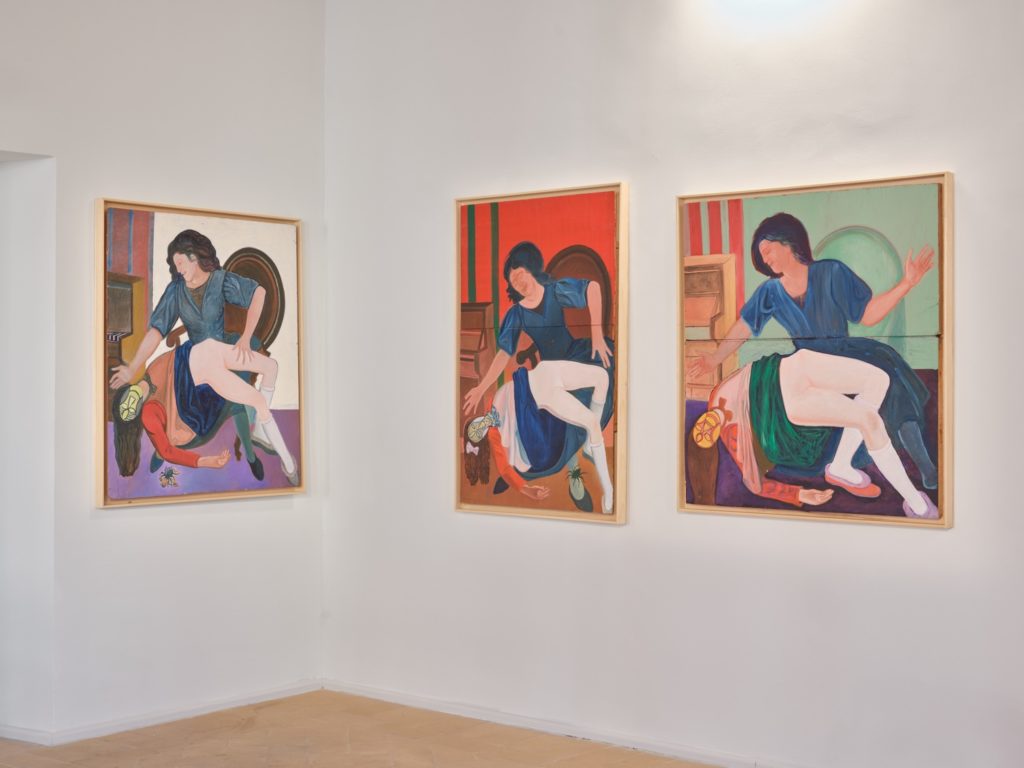
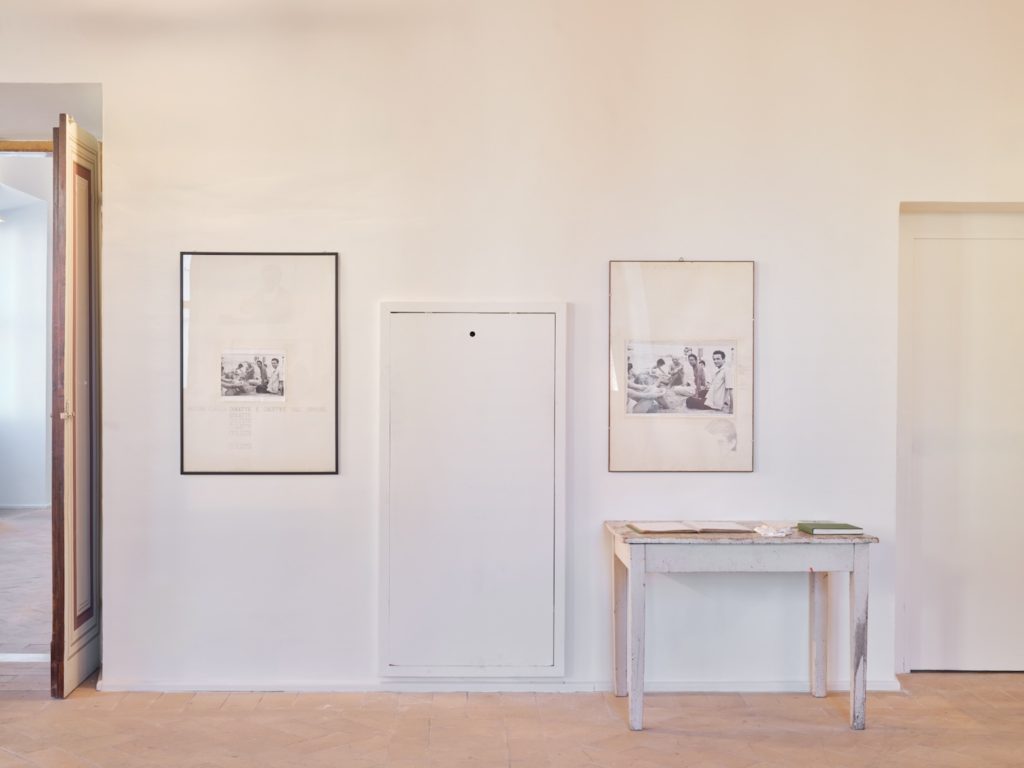
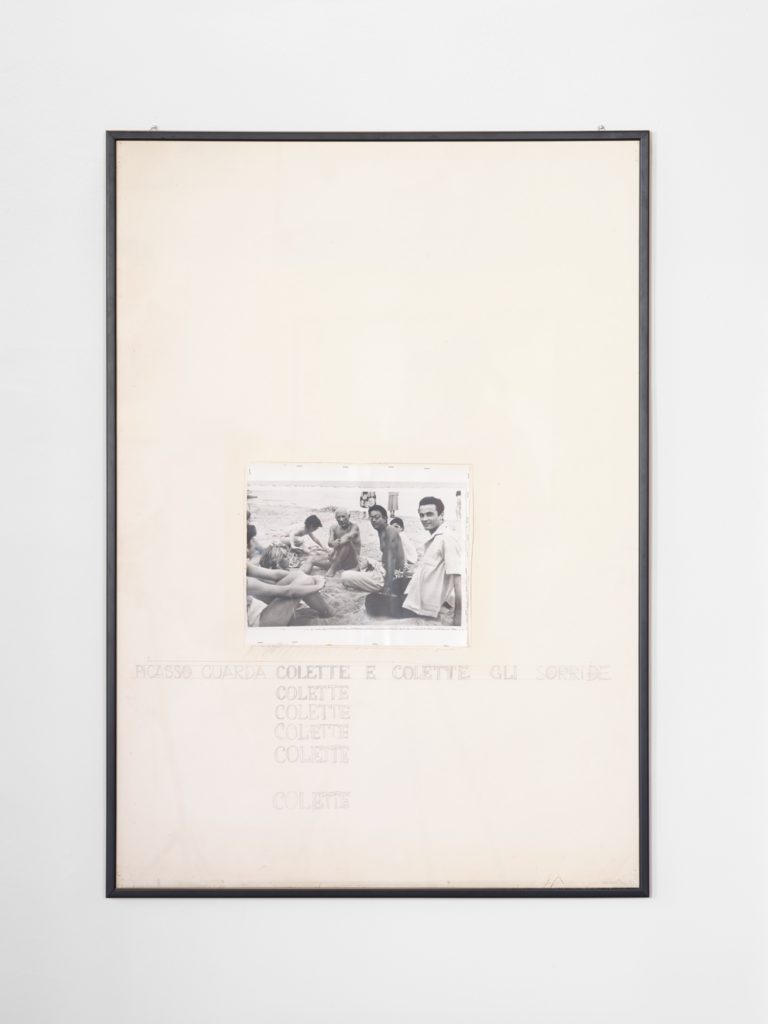
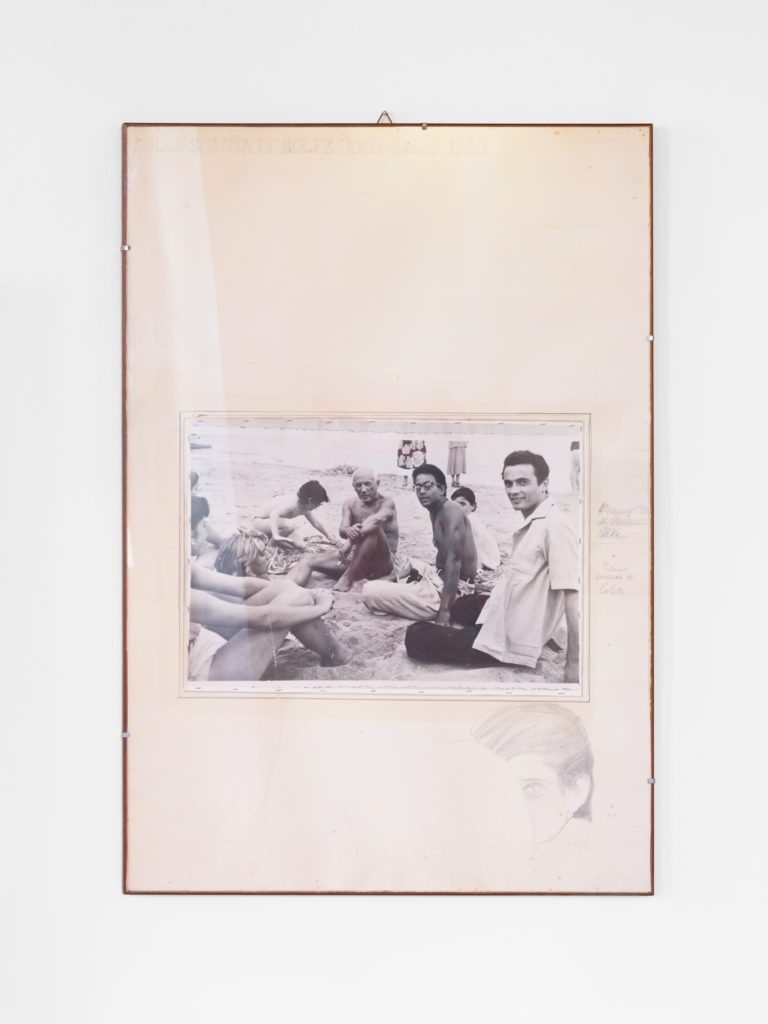
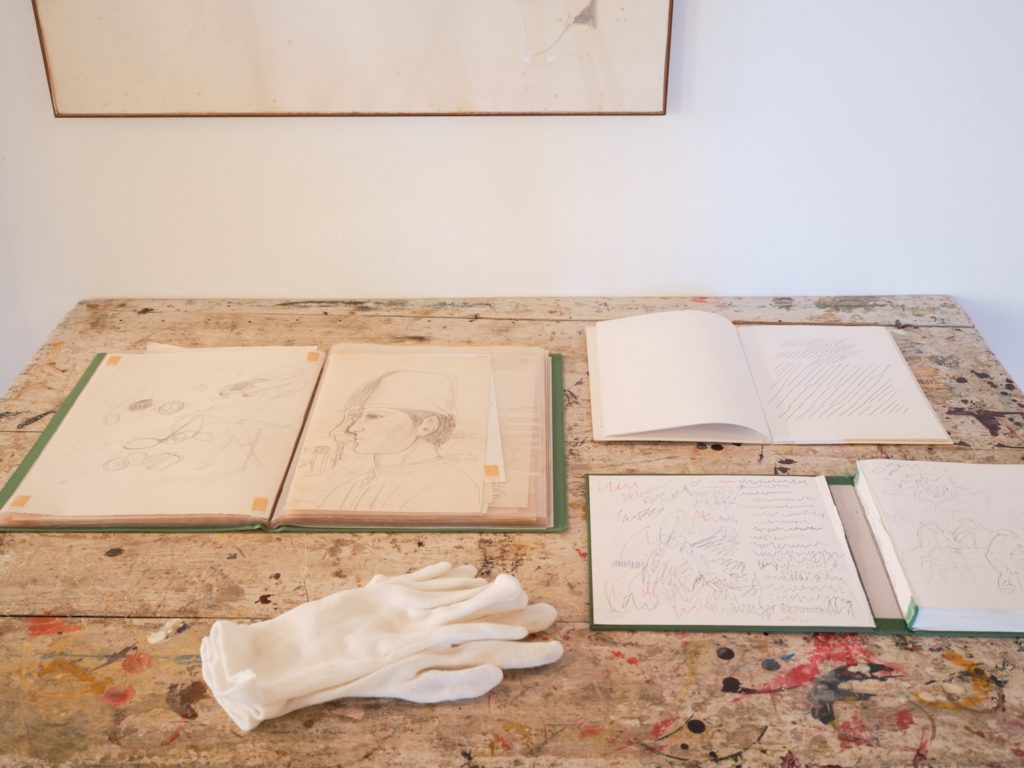
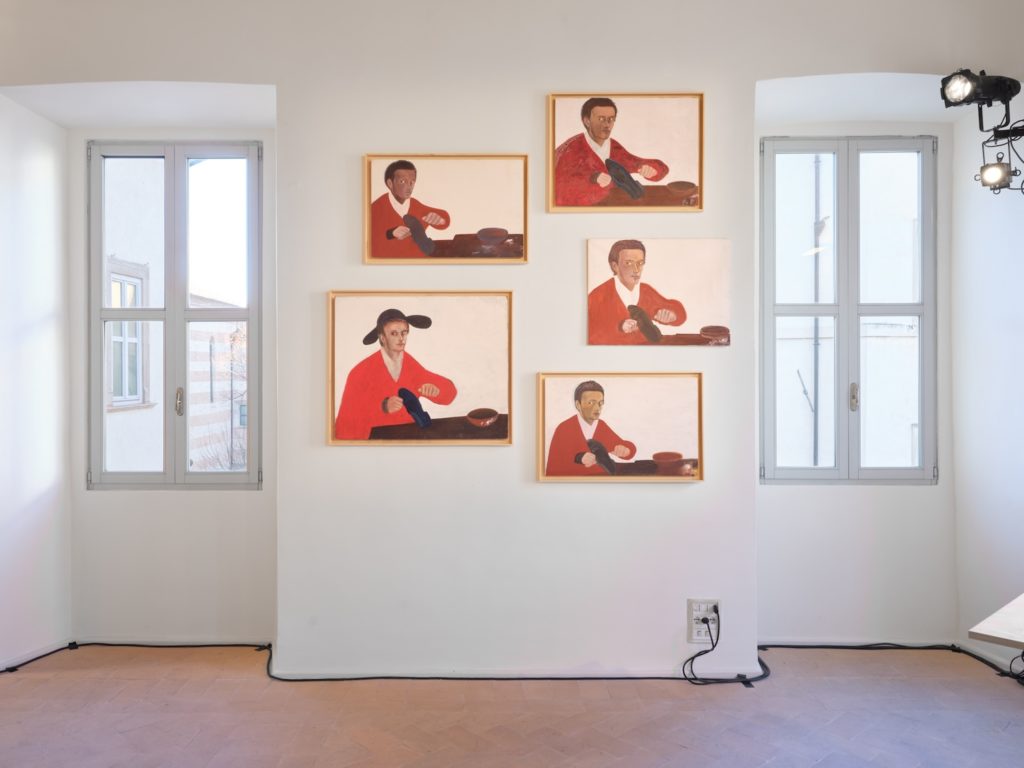
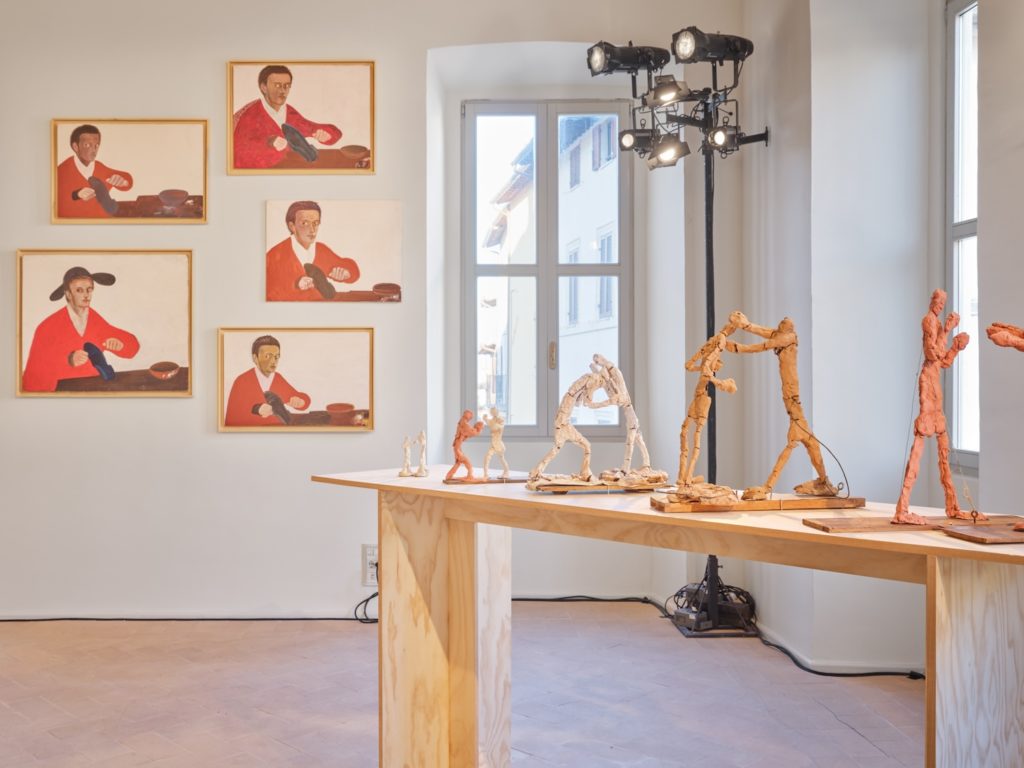
Afranio Metelli Centenary Project, curated by Serena Schioppa
Opening: 14 December, 11.30–13.30
Until 23 February (Monday 10.30–13.30, Thursday to Sunday 10.30–13.00 and 14.30–17.30)
Press release and list of works
A tribute to Afranio Metelli (1924–2011) celebrating the Umbrian artist’s centenary, curated by Mahler & LeWitt Studios curatorial fellow Serena Schioppa. The exhibition is a collaboration between the Musei Civici di Spoleto and Mahler & LeWitt Studios. Metelli was a close friend and colleague of the American artist Sol LeWitt (1928–2007) who lived and worked in Spoleto for long periods of his career: their shared interest in repetition and seriality has laid the foundations for the curatorial development of the exhibition. ‘A typical Afranio thing!’ presents four key cycles of works, all focused on the repetition of particular subjects: self-portraits, still lives, boxers and ‘d’aprés’ Balthus: a series inspired by the French artist’s famous painting Guitar Lesson (1934). Metelli obsessively manipulated his subjects, turning each work into a visual ritual in which he copies and elaborates incessantly. Deceptively simple, each series reveals a complex plot made up of small differences. Every work testifies to Metelli’s constant research on the possibility of generating new meanings through repetition. The exhibition invites the viewer to linger on details and to concentrate on the small differences which punctuate and emphasise the seriality of the gesture: these discordant copies highlight the aesthetic and semantic value of reiteration. For Metelli, reiteration is never redundant, but becomes a meditative and, at the same time, practical act: exercising an artistic mindset that is ready to stumble and which sees in that stumble a place for further investigations, experiments and opportunities. Known for his diverse practice, which includes drawing, collage, painting and sculpture, Metelli embodies a style that is difficult to label, showing a versatility that today feels extraordinarily contemporary. New frames are designed and built with the intention of revealing the original supports used by the artist: recovered boards, sections of doors or windows, parts of discarded furniture, or fortuitously found objects which satisfied the need of the moment. The provisional nature of the supports, together with the recurring investigation of particular subjects and a fascination with repetition, constitute three commonly found characteristics of the artist’s practice. Each of them, we could say, is ‘a typical Afranio thing’, where ‘typical’ is not simply a recurring characteristic in Metelli’s practice, but is something that is intended to emphasise its singularity.
The exhibition is the result of a residency carried out by Schioppa at the Mahler & LeWitt Studios in partnership with the Afranio Metelli studio and archive. The exhibition also provided the opportunity for the cleaning and stabilisation of selected works. The Musei Civici di Spoleto and the Metelli family would like to thank Carol LeWitt for her generous support of the Afranio Metelli Centenary Project.
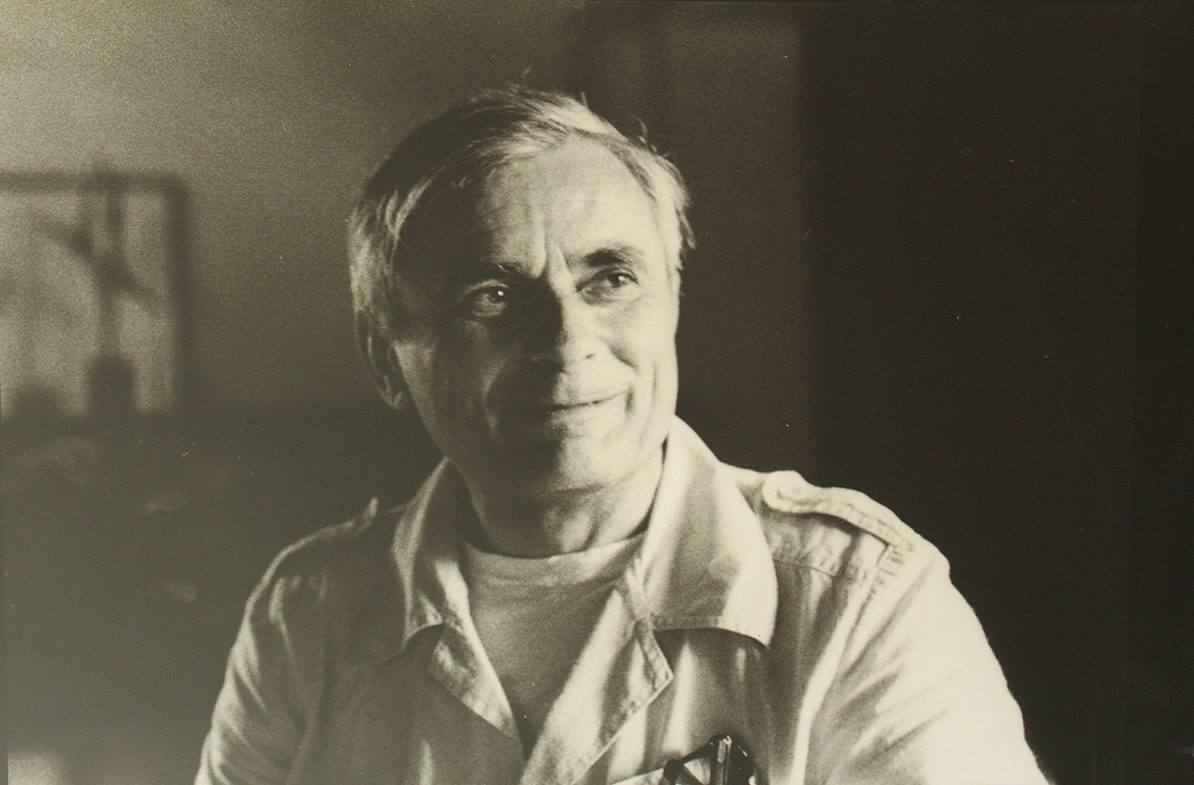
Afranio Metelli was born in Campello sul Clitunno in 1924. After graduating from the Academy of Fine Arts in Perugia, he moved to Gualdo Tadino, an Umbrian city where he worked as a ceramic decorator until 1952. He then moved to the French Riviera, attracted by the artistic environment of Vallauris, where the influence of Picasso deeply marked his style. In 1954 he was in Rome and, starting in 1960, he began to experiment with abstract forms, using innovative techniques and materials. After a period in Mexico, where he concentrated on the reproduction of Mayan images, and a period in Los Angeles, he returned to Italy in 1971, participating in numerous exhibitions. Starting in the 1980s he exhibited in various galleries, especially in Umbria, and in 1991-92 he participated in Sol LeWitt’s Open Mind exhibition in Hartford. Metelli died in Spoleto on 28 June 2011.


